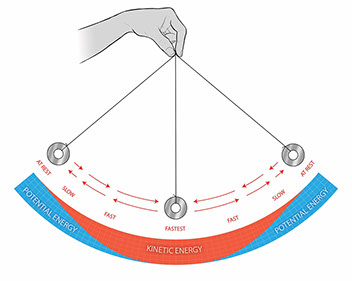The sun just went down in Edmonton.
This isn't particularly shocking: the sun goes down all the time. Of course, the time of this sunset is worth noting. It seems awfully early for our Edmonton eyes, though: 9:03pm, two minutes later than yesterday, and we only got 14:51:10 of daylight today.
As I've noted before, of course, this is super late for most North Americans: 9:03pm (local, obviously) is the latest sunset in Toronto which they got for a few days in late June and their maximum daylight on June 20th was 15:26:32 (which we just went below on August 5th). In Los Angeles today the sun set at 7:40pm Pacific Time...in other words, at 8:40pm Edmonton time. Freaky as it is, Los Angeles sees a later sunset than Edmonton today even without factoring in the time change, and indeed will until September 3rd. If you know somebody in Southern California, phone them up during the sunset tomorrow and blow their minds.
Still, the pendulum is swinging the other way...and that's actually a good analogy to help explain it to people, because it certainly is a lot like a pendulum (which shouldn't be a surprise, the mathematical term is periodic). Indeed the math of pendulums was used originally to figure out the orbits of heavenly bodies, and as you're likely aware that's exactly what causes the sunrise and sunset.
But let's look at the pendulum.
Now let's relabel it:
When the pendulum is at the furthest left point, we have the least daylight. We can imagine hours of daylight plotted along the x-asis, which means obviously that the summer solstice at the far right has the most daylight.
Notice in the earlier picture the red coloured band at the bottom indicating kinetic energy, which has shrunk to zero: that is obvious in a real pendulum when you think about it: as it approaches its minimum position on the x-axis it changes direction which requires it to come to a full stop at Point A: which is to say that the derivative dx/dt is zero at Point A as it switches between positive and negative. Well what's our analogy there to the hours of daylight caused by the sun? I mentioned earlier we get two less minutes of daylight today than yesterday: in late December that number is much smaller: December 14th will only be 52 seconds less daylight than December 13th, and on December 21st we'll only get two seconds less daylight than December 20th. But then on December 22nd it will start growing (4 seconds) again. That derivative dx/dtis itself changing between positive and negative (ie. d2x/dt2 was negative as well).
That red coloured band, the kinetic energy, is of course tied to the speed (first derivative) of the pendulum. It shrinks to zero at the edges: the longest day of the year is barely longer than the day before it†, and the second-shortest day of the year is the day either before or after the winter solstice rather than some random date in August. The pendulum slows, stops, and then changes direction the same as the change in hours of daylight slows, stops, and then turns around.
† Indeed this year the longest day of the year was technically the day after the summer solstice: because June 20th saw a 4s increase from June 19th and June 21st saw a 1s decrease from June 20th, the longest day wasn't even on the solstice. Actually if the solstice doesn't occur between 6am and 6pm its almost trivial mathematics to show that it won't be the longest day of the year.
At the bottom of the pendulum is when the kinetic energy is the highest: the pendulum has reached its maximum speed. In our context, this means that the two equinoxes are (barring the time-of-day issue my footnote above just addressed) also the day in which the change (first derivative) of hours of daylight are at their peak. As opposed to the one second separating the amount of daylight on June 20th and June 21st, there are four minutes and twelve seconds separating September 20th and September 21st. (You may note that the spring equinox isn't perfectly balanced with this: it was 4:16 at the spring equinox, and as a related note there were only 16 days that 4:16 was the longest change in spring while 19 days will hold 4:12 as their official change in length in the autumn. While the largest driver of the seasons is caused by the earth's tilt as it moves across it's orbit, there are also irregular orbital speeds as the Earth elliptically rather than circularly moves about the sun. Some years the equinoxes are unbalanced in the other direction.) In other words, when we celebrate the spring and autumn we're dealing with the maximum "kinetic" energy of the seasonal changes.

